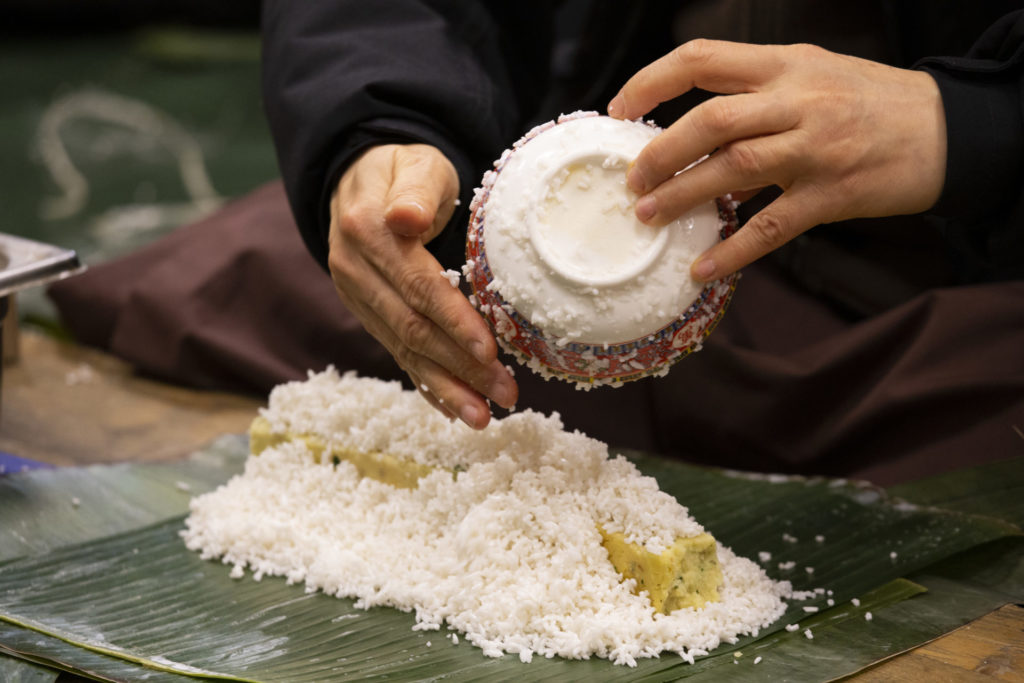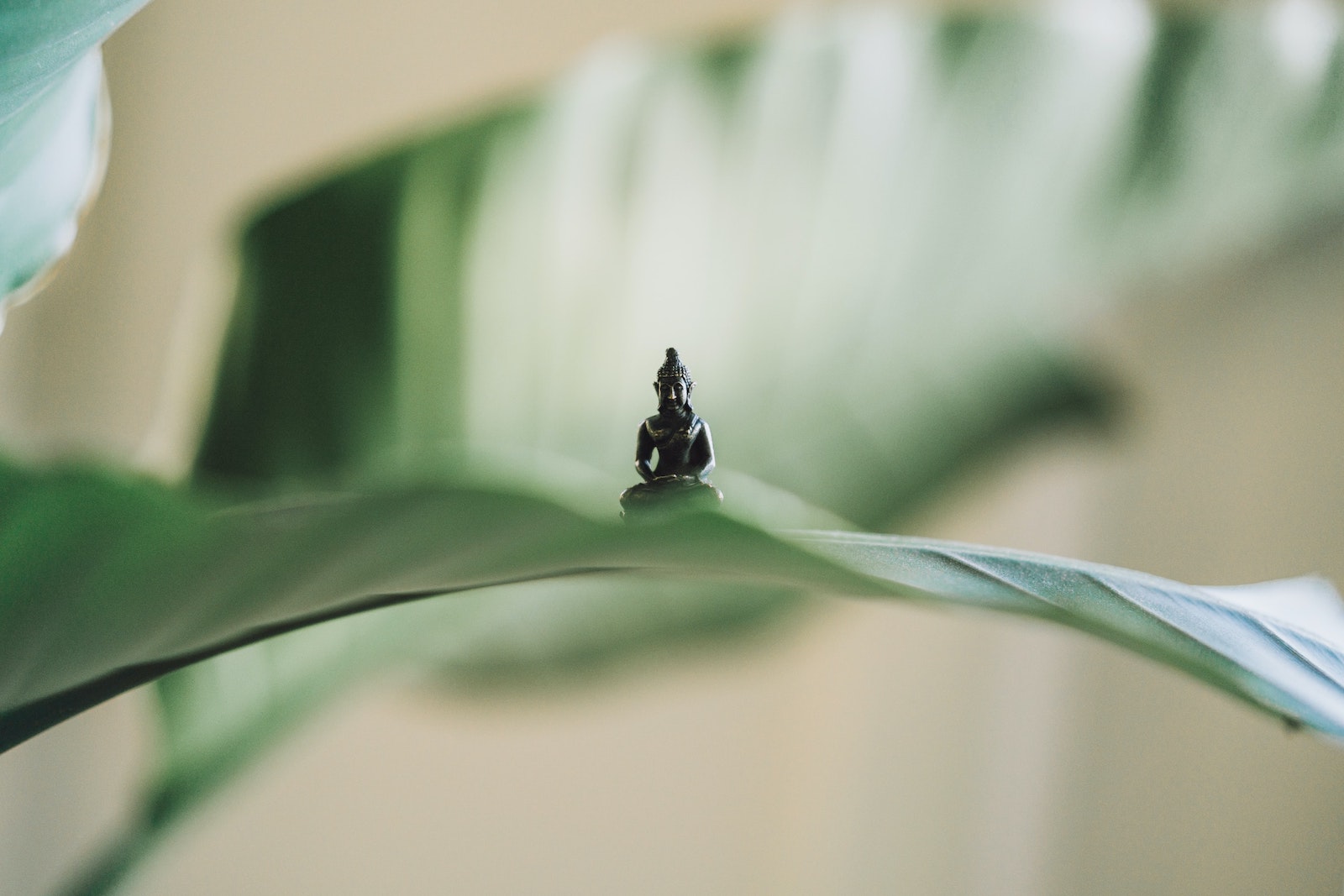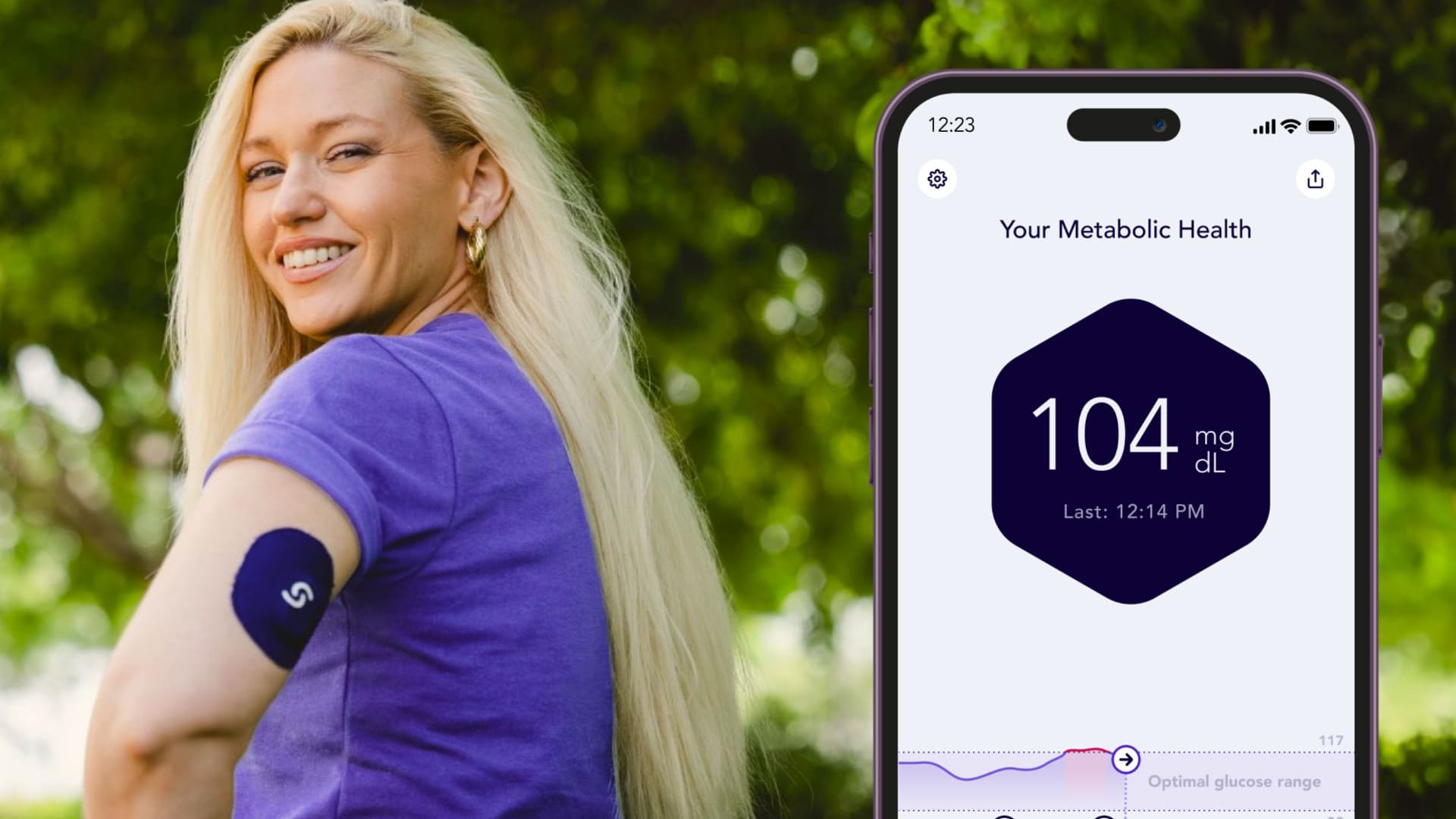5 Minutes of Mindfulness Brings Real Benefits, According to Science
Don’t have time to sit down for a lengthy meditation session? As it turns out, you don’t need to. New research shows that mere minutes of mindfulness each day, sometimes called a "micropractice," can go a long way in...

While on a mindfulness retreat, Eli Susman, a PhD Candidate in psychology at the University of California (UC) Berkeley, was surprised by the day’s schedule. The emphasis at Plum Village—the monastery of Zen Master Thich Nhat Hanh—is on mindful living, which is different from other retreat centers that include long periods of sitting meditation.
As the days went by, Susman felt a growing desire for a more formal practice and decided to sit in meditation under a tree. Before he knew it, three hours had passed.
Relaying this to a friend (and monk) later that day in the monastery’s tea house, the monk’s eyes widened and then he smiled. “How about three breaths?” he asked Susman. “That’s all you need to tune into the present moment.”
“That really struck me,” says Susman. “What if that’s really enough to make a difference in people’s lives?”
When it came time to launch his PhD research program, Susman decided to explore the idea of short practices, or “micropractices.” These brief interventions are designed to use the most potent elements of a practice to meet the needs of people in less time and at a lower cost. “Some of the biggest barriers to engaging with, and benefiting from, contemplative practices are developing the habit of doing it, and also having the time to do it,” he says.
Evidence suggests that when it comes to meditation, short bursts may be just as beneficial as longer stretches. One randomized controlled trial found that four shorter 5-minute mindfulness practices were just as effective as four 20-minute practices in improving depression, anxiety, and stress. Another trial found that more frequent daily life mindfulness practice (being mindful during normal activities such as exercising, working, or doing household chores) helped to buffer ongoing stress.
Love Thyself (in 20 seconds a day)
Susman was keen to investigate a micropractice of self-compassionate touch, an aspect of mindful living that he believed could have a significant impact on mental health. Evidence has shown that self-compassionate touch can lower salivary cortisol levels (a measure of stress in the body) and may be as effective as receiving a hug from another person.
In his study, Susman’s team included 135 undergraduate students and randomly assigned them to two groups. The first group was taught by video to practice self-compassionate touch for 20 seconds a day. This usually involved placing a hand on the heart space and another hand over the belly, followed by thinking kind, compassionate thoughts toward oneself.
“But they were also told they could use other forms of touch,” says Susman. “What was most important was that the method of touch supported them in feeling compassionately toward themselves.”
The second group followed the same video procedures, except the students were given different instructions that involved a finger-tapping exercise and were not told to use self-compassionate thoughts.
For the average college student who participated in the study, Susman found no differences between the intervention and control groups on measures for self-compassion, growth mindset, positive affect (the scientific term for ‘feeling good’), perceived stress, and mental health issues.
“If you meditate five minutes a day, every day, it’s a lot better than meditating half an hour once a week.” -Natalie Karneef, meditation teacher
However, among those who practiced the intervention daily (38%), the researchers found greater improvements in self-compassion, stress, and mental health relative to those assigned to the control group.
The team was very surprised by the size of the effect, which was comparable to outcomes from other trials that studied time-intensive interventions. Susman points out that short practice times do add up over weeks or months.
Why You Should Try a Mindful “Micropractice”
This finding ties in with the philosophy of “marginal gains,” often used in high-performance sports or business. The idea is that tiny margins of improvement in every step of the process can lead to larger gains over time. One meta-analysis of over 200 trials of mindfulness-based programs found that there was no evidence that larger doses are more helpful than smaller doses—it was greater frequency and consistency that appeared to provide better benefits.
Certified meditation teacher Natalie Karneef agrees with this. “I think just pausing and coming out of the hamster wheel that most of us are on during the day is a really good practice,” she says. “If you meditate five minutes a day, every day, it’s a lot better than meditating half an hour once a week.”
Karneef also feels that the compassion element of mindful living often gets left behind in a culture that she says is very uncompassionate. “The way that mindfulness is sometimes taught is a bit like a sport or a discipline. You can focus or still your mind but without compassion, it turns into another thing we’re trying to excel at,” she says.
“Meditation is not a solution for capitalism,” adds Karneef. If it’s too difficult to quiet the mind for 20 minutes a day, Karneef says this is not an individual issue that should be individually solved. “That’s a structural and systemic issue that we need to recognize as a bigger problem.”
Mindfulness alone, at any length of practice, is not necessarily recommended as a sole solution for more serious mental health issues. “Brushing your teeth is not a replacement for seeing the dentist, and doing micropractices wouldn’t replace getting more comprehensive mental health support,” says Susman.
Both Susman and Karneef point out that meditation and self-compassion are challenging for many people because of the nature of modern life. It may be unrealistic to expect that we can counter the onslaught of information and activity we face each day with any amount of sitting meditation practice, which is why regularity is key.
“Every length and type of practice is important—I really believe that,” says Karneef.

 JaneWalter
JaneWalter 
































